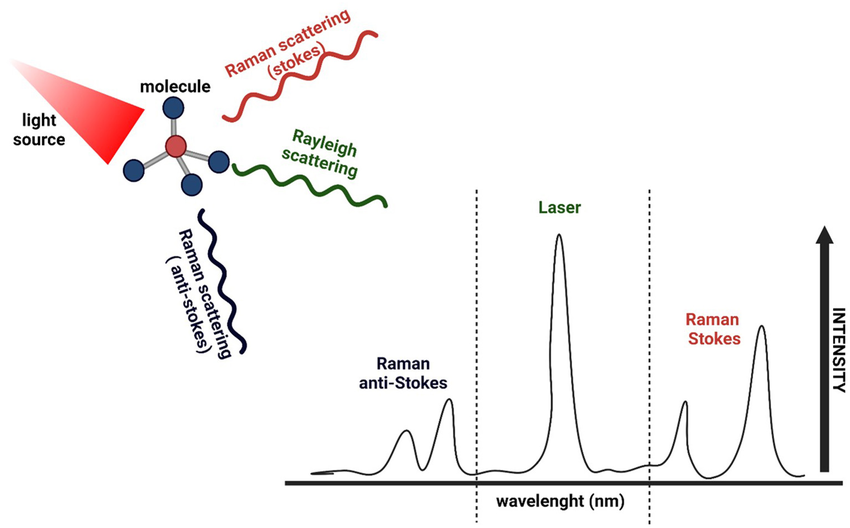Understanding Rayleigh Scattering: How Light Interacts with Nanoparticles
What is Rayleigh Scattering?
Rayleigh scattering is a phenomenon that occurs when light interacts with particles much smaller than its wavelength, typically on the nanoscale. It is an elastic scattering process, meaning that the scattered light has the same wavelength as the incident light. Rayleigh scattering is named after Lord Rayleigh, who first described the phenomenon in the late 19th century.

Key Concepts in Rayleigh Scattering
Rayleigh scattering involves several key concepts:
- Particle Size: Rayleigh scattering occurs when the particle size is much smaller than the wavelength of the incident light. Typically, the particle size should be less than about 1/10th of the wavelength.
- Wavelength Dependence: The intensity of Rayleigh scattering is inversely proportional to the fourth power of the wavelength. This means that shorter wavelengths (e.g., blue light) are scattered more strongly than longer wavelengths (e.g., red light).
- Scattering Intensity: The intensity of Rayleigh scattering is proportional to the sixth power of the particle size and the square of the refractive index difference between the particle and the surrounding medium.
Rayleigh Scattering in Nature
Rayleigh scattering is responsible for several natural phenomena:
Blue Sky
The blue color of the sky is caused by Rayleigh scattering of sunlight by molecules in the Earth's atmosphere. The shorter blue wavelengths are scattered more strongly than the longer red wavelengths, resulting in the sky appearing blue.
Reddening of the Sun
At sunrise and sunset, the Sun appears red because the light has to travel through more of the Earth's atmosphere. The shorter blue wavelengths are scattered away, leaving the longer red wavelengths to reach our eyes.
Applications of Rayleigh Scattering
Rayleigh scattering has various applications in nanotechnology and related fields:
Nanoparticle Characterization
Rayleigh scattering can be used to characterize the size and optical properties of nanoparticles. By measuring the wavelength-dependent scattering intensity, researchers can determine the size distribution and refractive index of nanoparticles in suspension.
Atmospheric Remote Sensing
Rayleigh scattering is exploited in atmospheric remote sensing to study the composition and properties of the Earth's atmosphere. Light scattering measurements can provide information about the concentration of gases, aerosols, and other atmospheric constituents.
Optical Fibers
Rayleigh scattering is one of the factors that contribute to signal attenuation in optical fibers. By reducing the presence of nanoscale inhomogeneities in the fiber material, researchers can minimize Rayleigh scattering and improve the signal transmission efficiency.
Limitations and Related Phenomena
While Rayleigh scattering is a dominant scattering mechanism for small particles, it has limitations and is related to other scattering phenomena:
- Particle Size Limitation: Rayleigh scattering is valid only for particles much smaller than the wavelength of light. As the particle size increases, other scattering mechanisms, such as Mie scattering, become more relevant.
- Raman Scattering: Raman scattering is an inelastic scattering process that involves a change in the wavelength of the scattered light. It provides information about the vibrational and rotational modes of molecules and is often used in spectroscopy and material characterization.
- Brillouin Scattering: Brillouin scattering is an inelastic scattering process that involves the interaction of light with acoustic waves in a material. It is used to study the elastic properties and sound velocity in materials.
Further Reading
Measurement Science and Technology, Laser Rayleigh scattering
Applied Optics, Rayleigh Scattering
